December 10, 2025
19:00h
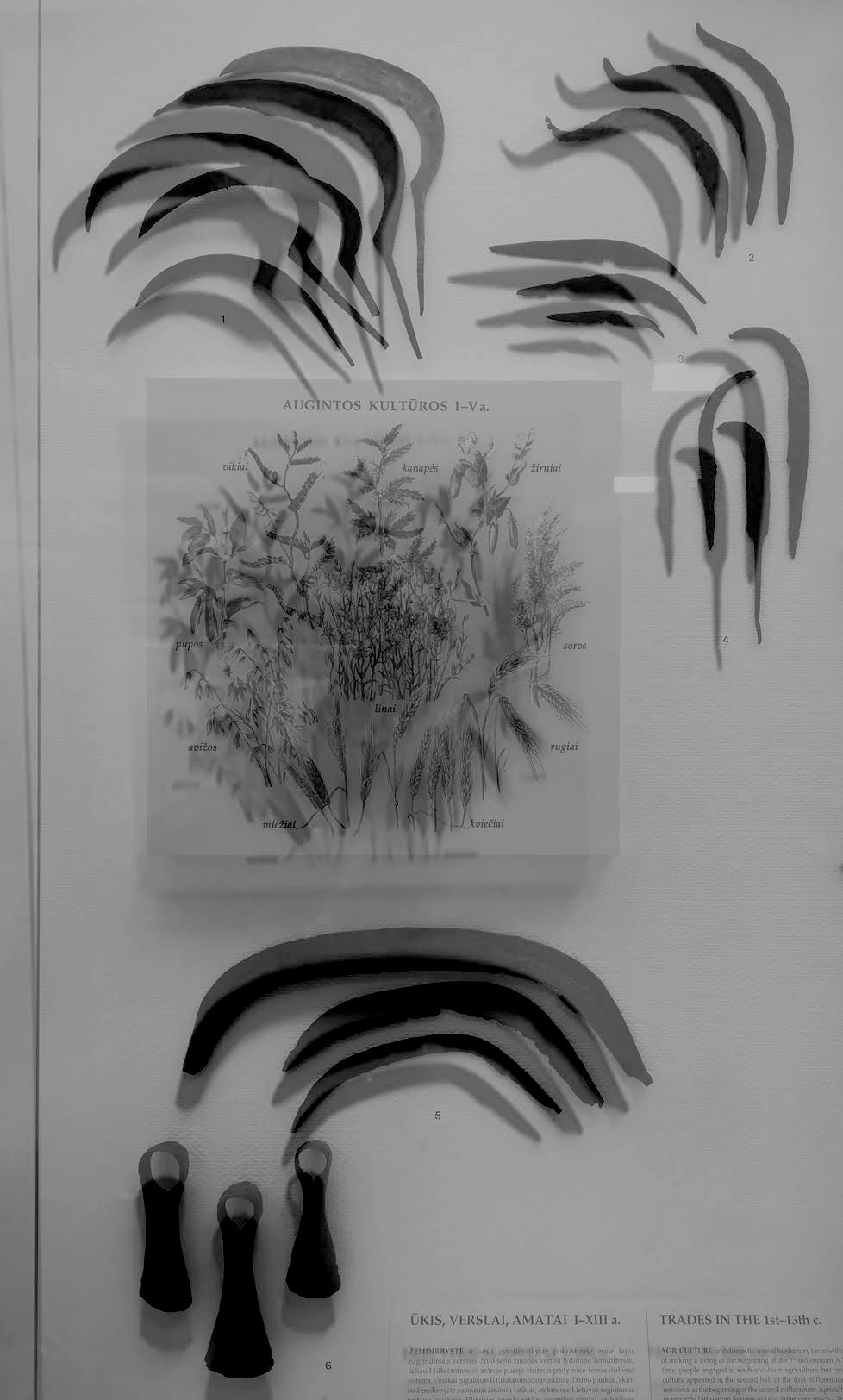
Session 5: Engin
The fifth proposal is led by Dan Walwin, bringing the echoes of Pulsie to the next session of The Slater Listening Society:
“This is a mixtape of works: some in full, some extrapolated from their original source, and some under their exhibition conditions. They connect with what has been (and will be) shown within the program of Pulsie, an artist-run space started in 2025. For now, we make shows and events at a small-scale factory kitchen located not far from the centre of Amsterdam. The practicalities of operating between busy working hours inform an approach of expediency and things having to be quick on their feet. Despite this, we wish to resist pragmatism, to rethink limitations and imposing forces, and to allow space for dreams, hallucination and diversions.”
Who makes the rules in the family?
a) The rules
b) The family?
| (Dirt) | Daisy Smith | 2020 | |
| The Bell, The Digger, and the Tropical Pharmacy | Allora & Calzadilla | 2014 | |
| Venice | Halim el-Dabh | 1960 | |
| Sea, from The Dreams | Delia Derbyshire & Barry Bermange | 1964 | |
| Evil N****r - Part I (Arr. J. Clayton), The Julius Eastman Memory Depot | Jace Clayton | 2013 | |
| La Pornoplante | Anne le Troter | 2020 | |
| Shing Kee | Carl Stone | 1986 | |
| Inventario | Beatriz Santiago Muñoz | 2006 | |
| A Seed is a Stone Until It Is Sown | Martin Westwood | 2011 | |
| HARA!!!!!!hAAARAAAAA!!!!!hHARAAA!!! | Mohamed Bourouissa | 2020-2021 | |
| Destruction of Power (Live @ Cafe Oto) | Nkisi | 2019 | |
| Henna & I can only dance to one song | Ikram Bouloum, Arash Fayez | 2021 |
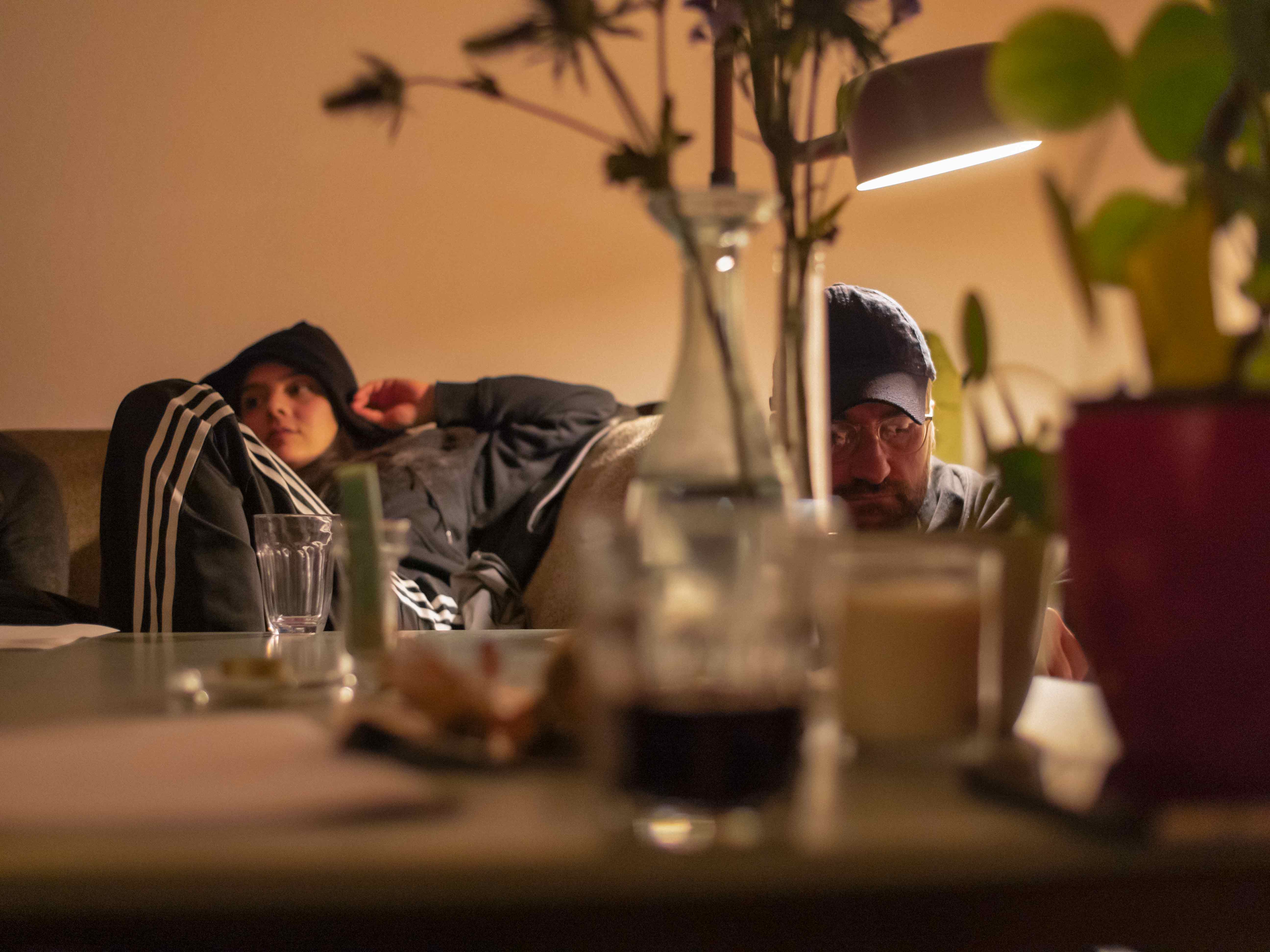
September 4, 2025
19:30
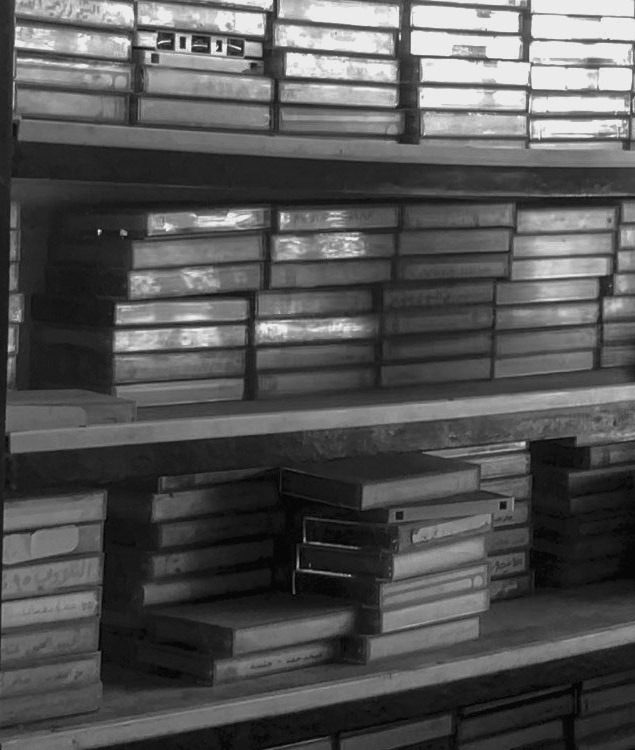
Session 4: To Keep Planting Olive Trees
In this fourth listening session, Matilde Amigo invites us to have another go at the public space.
In the first part of her proposal, we will listen to Rabble Rousers by Sarah Boothroyd (2012), a composition built from sound fragments recorded during the Occupy movement protests of 2011. Unlike other works with documentary ambition, Boothroyd’s piece does not simply evoke a specific historical moment. Instead, it functions as an emotional device—invoking a political imagination that sidesteps the question of representation. By appealing directly to emotion through sound, the piece moves beyond confrontation with the media and becomes a bold catalyst for action.
The second part comprises a small selection of the material recovered and published by Mo’min Swaitat under the Majazz Project label. It consists of a sonic and musical archive that has been taking shape since the 2020 discovery of thousands of cassette tapes that survived Israeli censorship in a former shop in Jenin, Palestine. The archive spans from the 1960s to the 1990s and contains material such as music, poetry and protest songs linked to the First and Second Intifadas. The archive is regularly showcased at NTS Radio under the Palestinian Sound Archive, and it constitutes a document of undeniable political power during this time of ruthless violence against the Palestinians.
| Rabble Rousers | Sarah Boothroyd | 2012 | 00:28 |
| A selection from the public records of the Palestinian Sound Archive | VVAA, Majazz Project | 1960-1990 | 00:30 |
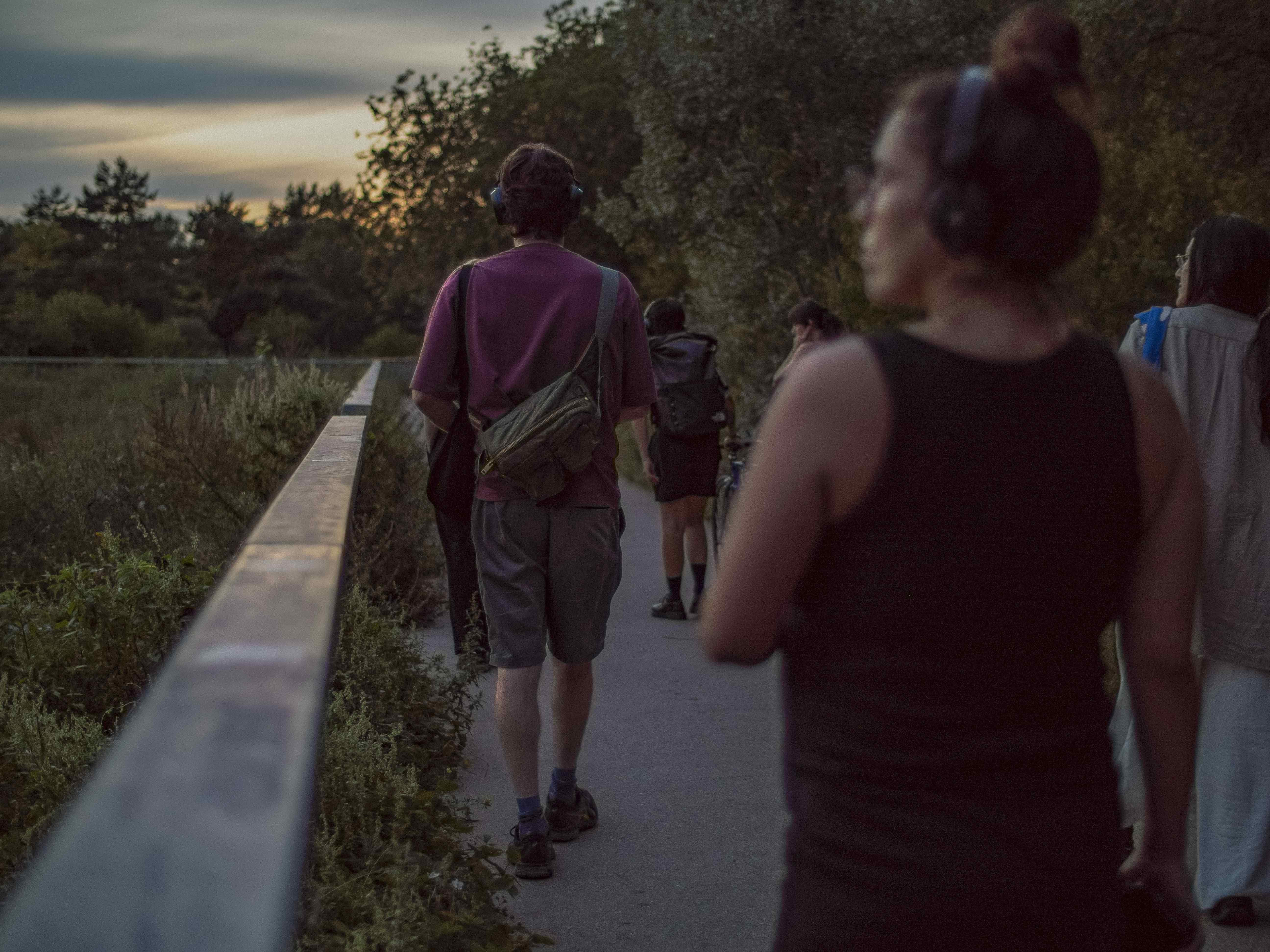
August 7, 2025
20:27
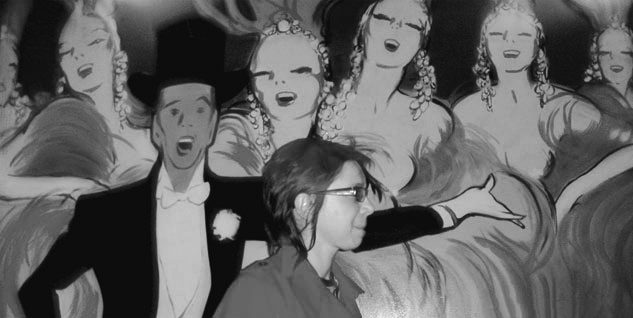
Session 3: A special message from...
The host of this third session is Sonia Fernández Pan. For the first time, The Slater Listening Society will gather its listeners outdoors—headphones on. In Sonia's own words:
«While preparing a podcast conversation with Terre Thaemlitz, I found the radio show she did with Laurence Rassel in 2007 on his website. I knew about their relationship, but I didn't know about this programme with Laurence, someone I would have liked to know more about during her years in Barcelona. I don't think I ever got around to listening to all the episodes of the radio show. At least, not in sequence or in the recommended order. For this session, my number thing made me choose odd numbers. But the connections between Rubén and the episode titles made me choose even numbers instead. In the end, I went with even numbers for this reason and because they lead to a park in Tokyo that I didn't visit during my months there. Listening is challenging for me, even though I regularly work editing voices. I listen attentively, but my memory is easily distracted. I remember things better when they are said in conversation than in person. And I'm very curious about whatever we end up talking about later...
You are invited to meet at Hermannstraße to take the S-Bahn ring and listen to the half of the Radio Show with Laurence Rassel and Terre Thaemlitz. Joan Smith, Peggy Phelan, Michele Foucault, Michel de Certeu, Roland Barthes and Virginia Woolf will not be there. But there will be parties, fetishism, the authorship of the invisible and the transgender, confessions and a message from Yoyogi Park as we move around Berlin. The entire programme can be found here, but better still, let's listen to it together in a few days. Metro ticket, headphones and a mobile phone are required to listen.»
| The Laurence Rassel Show (odd numbers) | Terre Thaemlitz, Laurence Rassel | 2007 | 56:06 |
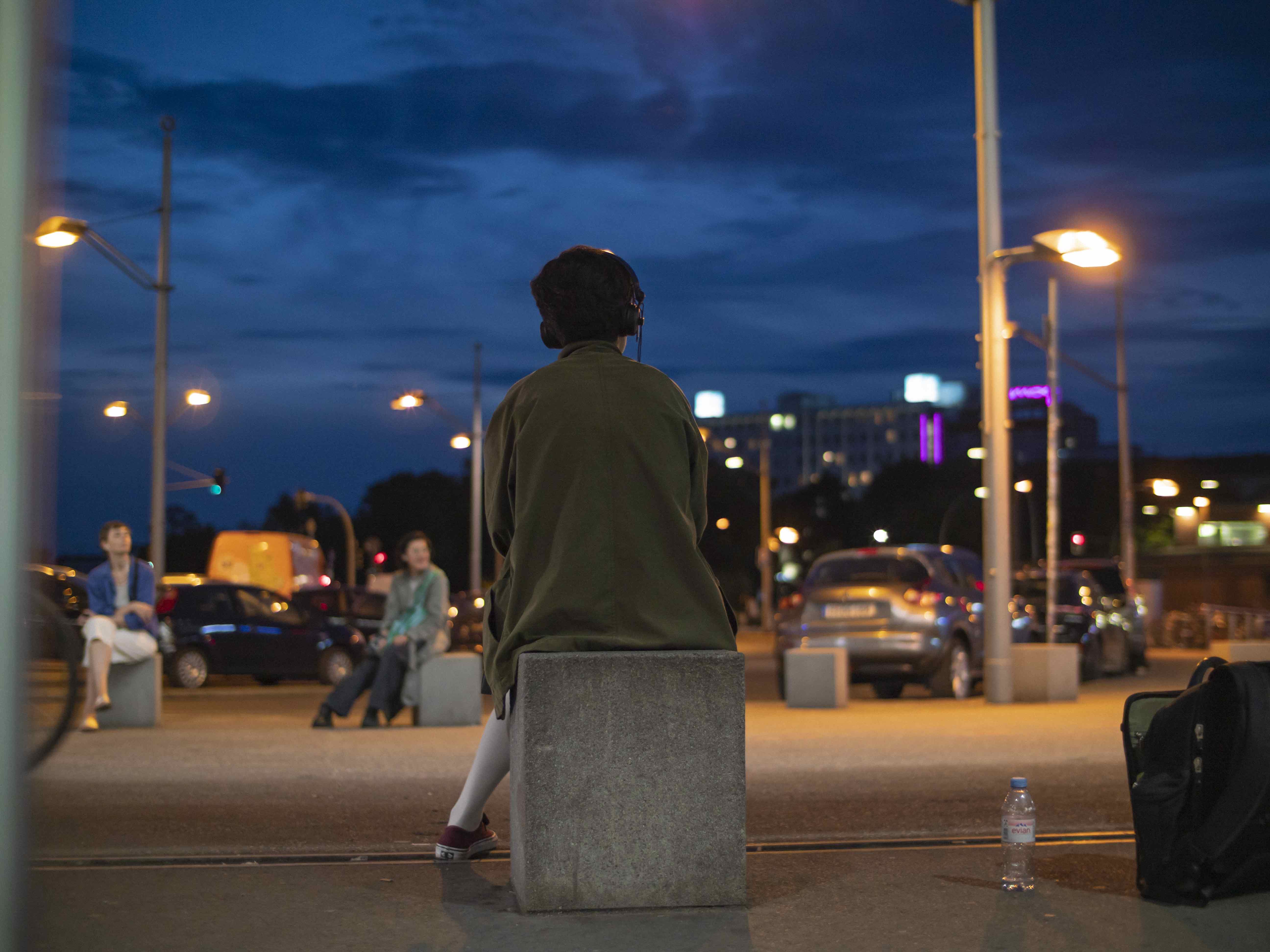
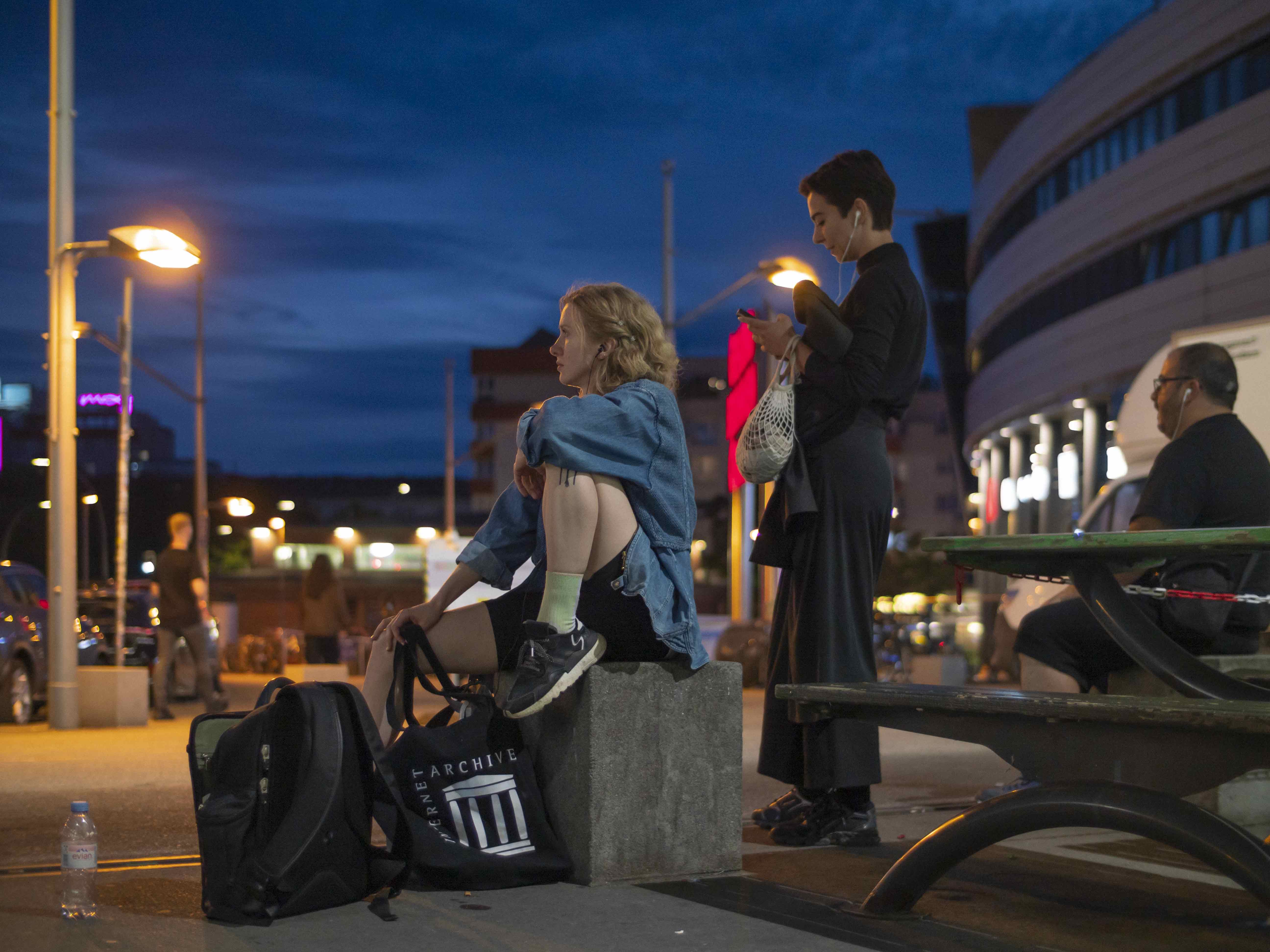
July 5, 2025
14:00–15:00
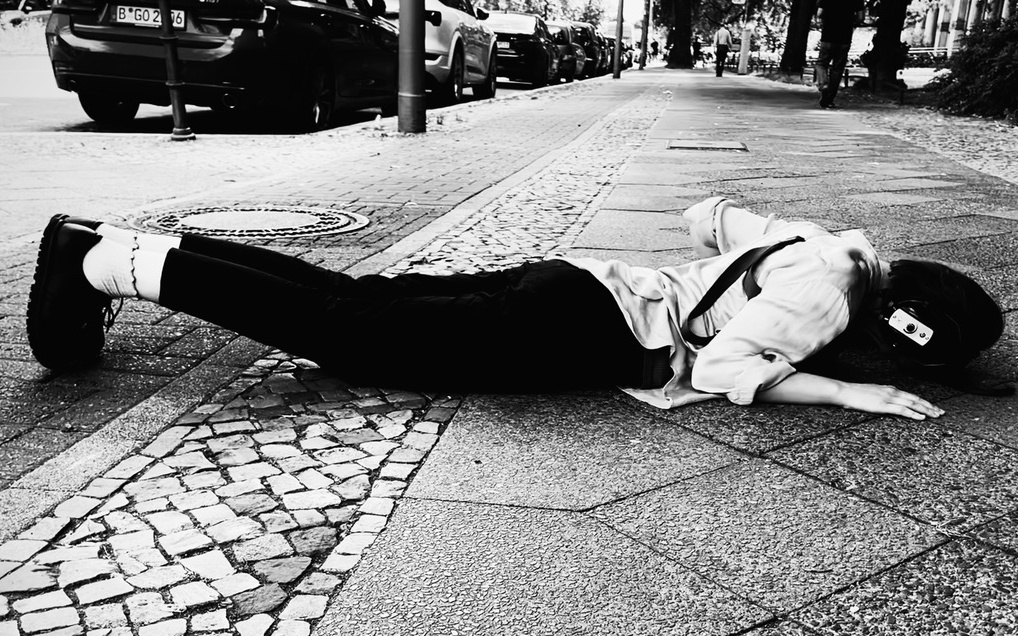
Session 2: I, Ghost
For the second installment of The Slater Listening Society, we extend the railroad theme toward the very sound of trains.
It's easy to forget the train’s impact on the consolidation of the nation-state, on warfare, on the concentration of capital, and on its use as a tool for extraction and supply —but also its effect on experience itself: traveling by train collapsed time and space in ways that are difficult to imagine today. Trains gave travelers the possibility of escaping themselves and anonymously inhabiting a liminal subjectivity. Victorian literature propagated this identity phantasmagoria, not only through the romantic and catastrophic confrontation with machines, which became recurring themes, but also because it altered the very habit of reading. The train was the first mode of transport in which one could read while in motion, creating a feedback loop in the transformation toward a rootless, ever-shifting self propelled by fiction.
Almost two centuries after the first passenger railway, how can we extrapolate that experience to our current relationship with technology? What tools do we have to establish a self-aware relationship with the media that shape us? What fictions, what identities, and what self-phantasmagorias are forged through a technology that now grows silently, without rattling?
Le Chemin de fer (Op. 27) by Charles-Valentin Alkan (1844) is one of the earliest known sonic representations of a train. It appeared decades before recording technology like that used by Dziga Vertov even existed. In this composition, Alkan relies solely on a piano to imitate the sound of a train, using a fast and repetitive structure, with an ostinato that simulates the engine’s rhythm, and with moments that evoke tunnels, the speed of the machine, and departures or arrivals at the station. More than a piano composition, it is the sound of a piano possessed by the spirit of a train.
The second piece is Atocha by Christina Kubisch, a seven-minute sound walk recorded at Madrid’s train station, part of Five Electrical Walks (2021). Here, one hears the sound of electromagnetic fields through a technique Kubisch has explored since the 1970s, allowing her to capture the sonic emissions of lights, wireless networks, computers, phones, or surveillance cameras —revealing an inaudible layer of our sonic ecosystem. The emergence of technology through sound becomes a sensory gateway to a hidden spectral world.
The third piece is Mexico D.F., the eighth track on El Tren Fantasma, an album Chris Watson composed from recordings made in 1999 along the old railway line between Los Mochis and Veracruz. Watson made these recordings while working for the BBC program Great Railway Journeys, shortly after the route was privatized and reserved exclusively for freight. The effort to turn the act of listening to the train journey into an experience transforms the train into a musical instrument we hear for the last time —one that now exists only as memory.
| Le Chemin de fer | Charles-Valentin Alkan | 1844 | 5:00 |
| Atocha | Christina Kubisch | 2021 | 6:52 |
| Mexico D.F. | Chris Watson | 2011 | 9:14 |
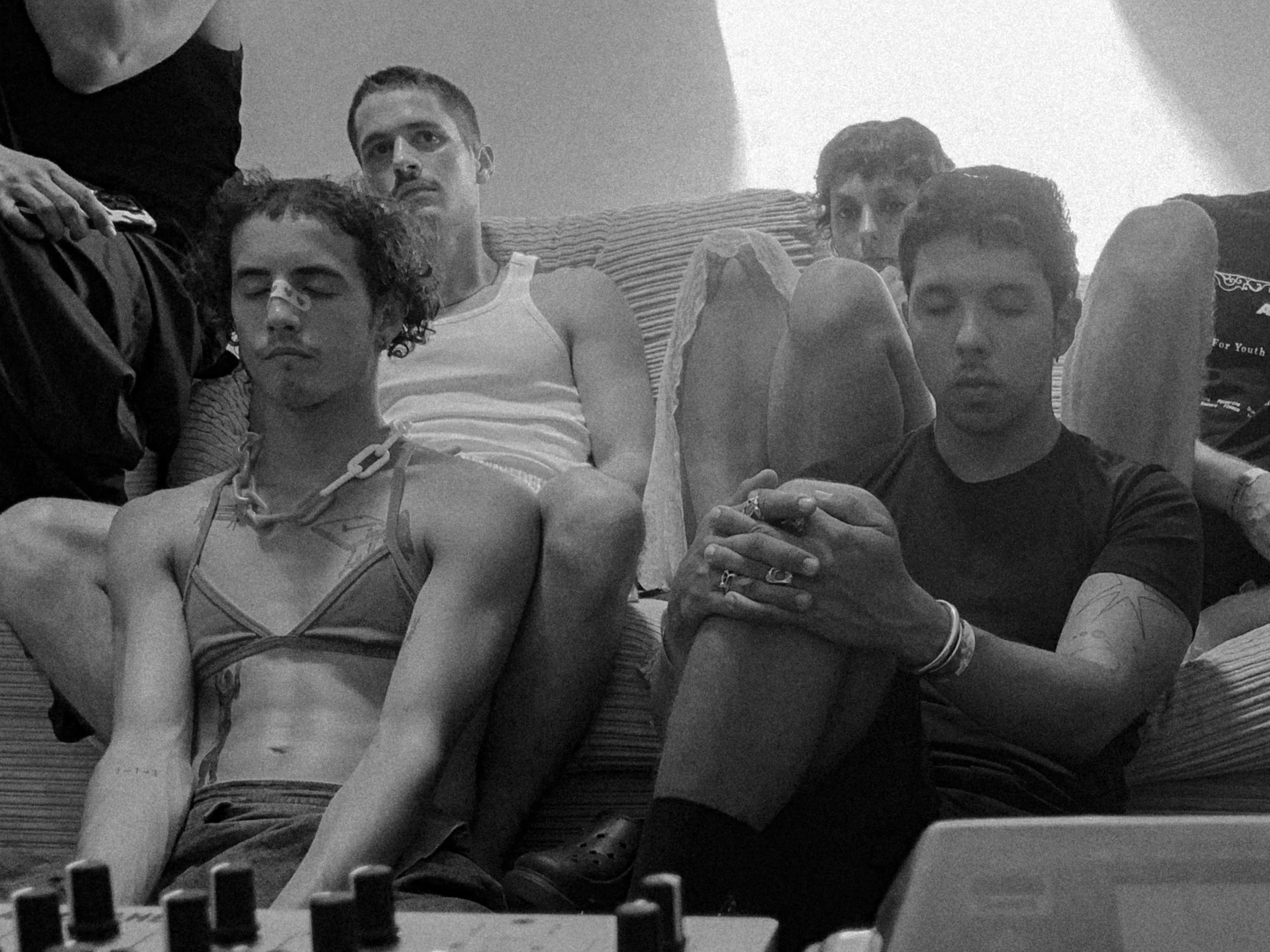
June 23, 2025
19:00h
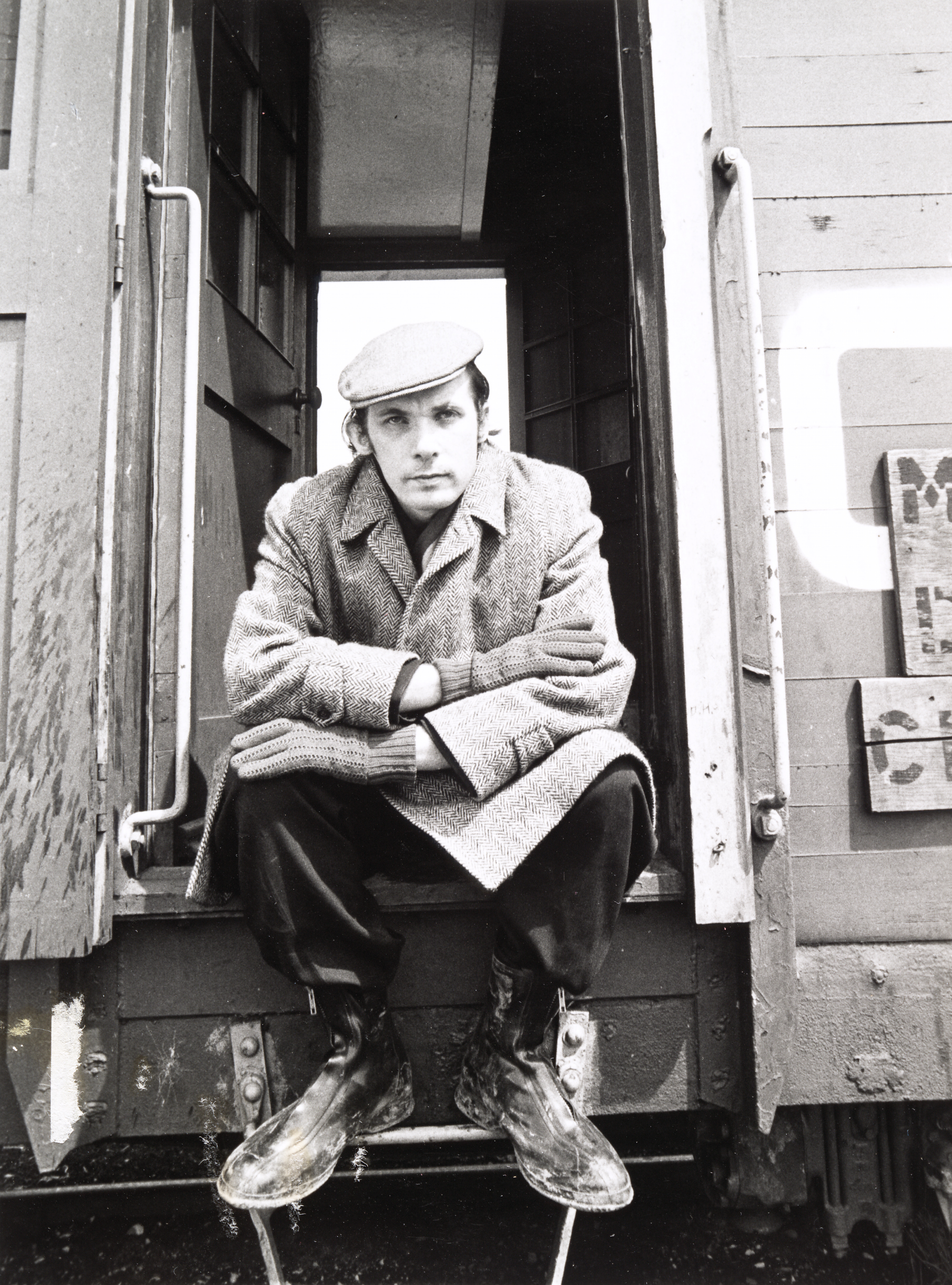
Session 1: The Engineering of Solitude
The first listening session focuses on the Solitude Trilogy, a sound documentary produced by Glenn Gould for the Canadian broadcaster CBC between 1967 and 1977.
The piece is inseparable from the mythologies surrounding Gould's public persona. In 1964, after a celebrated career as a pianist—known for his meticulous and eccentric interpretations of Bach—he retired from live performance to dedicate himself fully to recorded music. This was partly driven by his obsession with control, but also by his intellectual stance toward live performance, which he considered anachronistic. His ‘love for the microphone,’ as he described it, led him to explore the possibilities of recording and editing sound, giving rise to this radio documentary.
True to these principles, in the three episodes of Solitude Trilogy, Gould blends interviews, field recordings, commentary, and effects as if they were instrumental voices in a Bach composition. The result is what he called “contrapuntal radio”: a kind of conversation orchestrated in the editing room, forming a strange mixture of essay, music, journalism, drama, anthropology or history—and none of the above—crafted through the layering of sound.
Gould’s attempt to give form to sound and to communicate his thoughts and feelings about solitude is, in a way, a productive failure. Despite his quest for abstraction, the characters in the documentary are forced to dialogue with each other. What begins as a defense of isolation and abstraction ends as an unintentional plea for community, specificity, and shared experience.
In this session, we’ll listen to the first and best-known part of the trilogy, The Idea of North (1967), a one-hour piece featuring a nurse, a sociologist, an anthropologist, a civil servant, and a railway worker—each offering a personal take on life in Canada’s North.
| The Idea of North | Glenn Gould | 1967 | 58:30 |
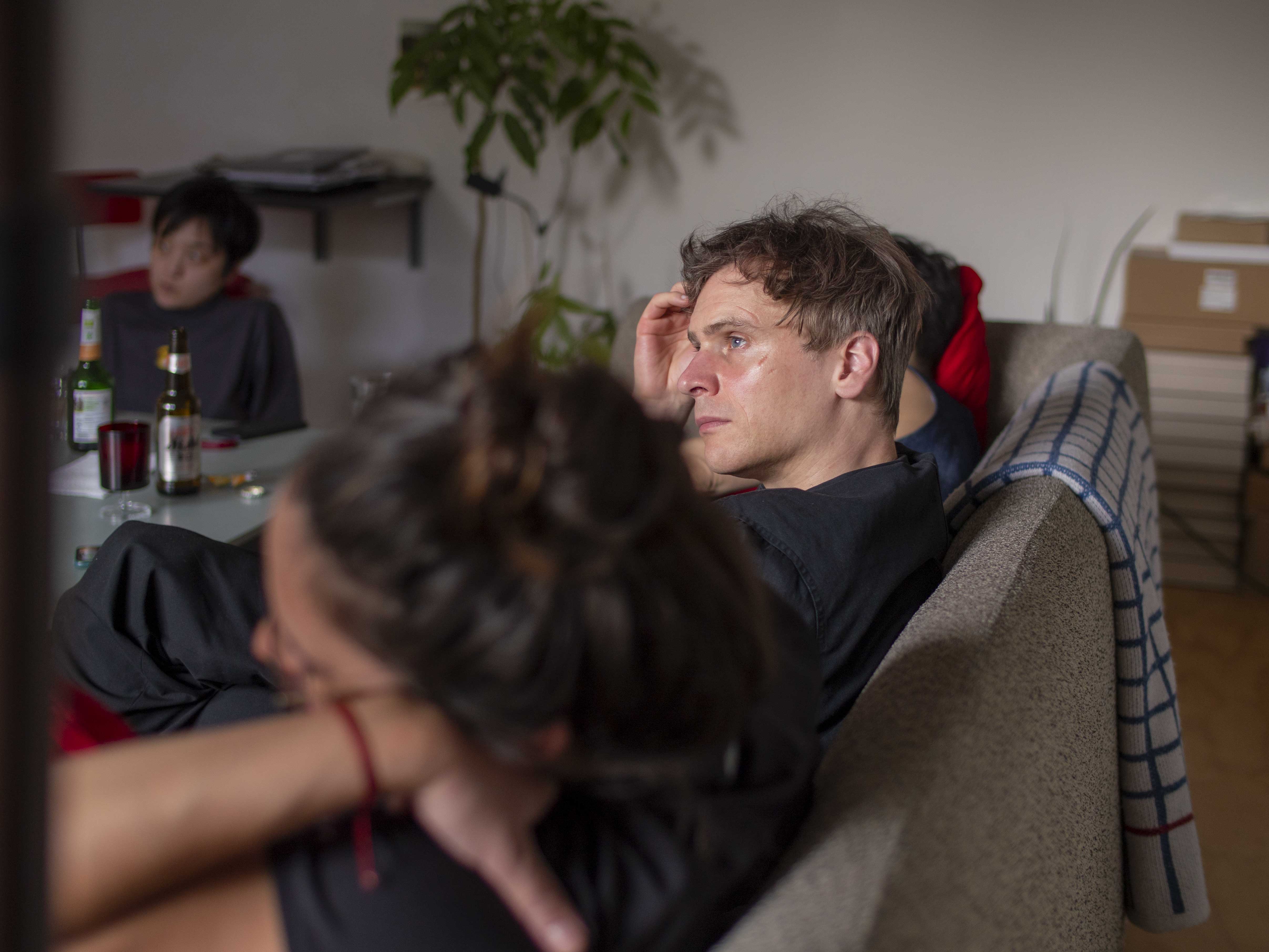

About
The Slater Listening Society lends its name to a series of gatherings centered on listening.
All audio works referenced are either in the public domain or commercially available through public distribution. Unless stated, all sessions are private and involve no admission fees or commercial activity. External venues publicly hosting or broadcasting a session will be responsible to comply with all necesary licensing requirements. This website is non-profit, carries no financial interest and exists solely as an archival record. No audio files are hosted, embedded, linked or shared, and upcoming events are not publicly advertised.
For further information, please use the contact below.
Contact
DM if interested: